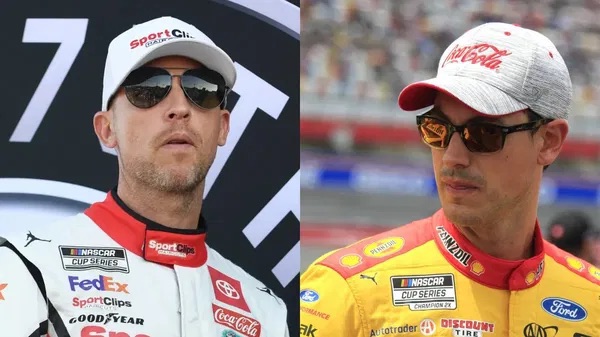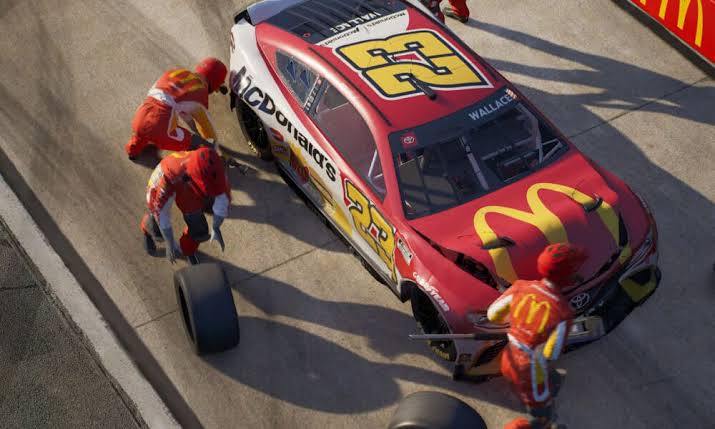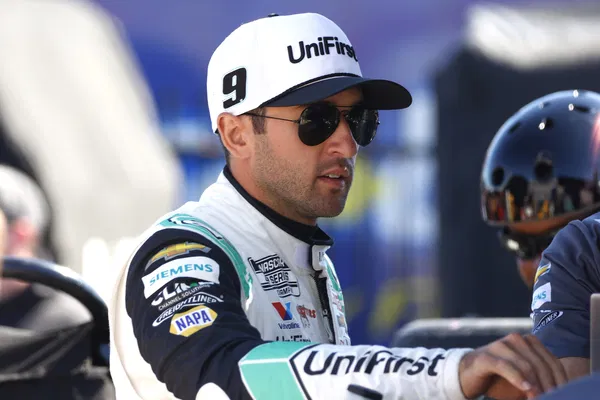Bristol Motor Speedway, a legendary track in east Tennessee, was among the many sites ravaged by the powerful Hurricane Helene as it swept across the southeastern United States. The hurricane, which initially made landfall in Florida as a Category 4 storm, wreaked havoc across several states, leaving widespread damage in its wake. Tennessee was one of the states hit hard by the storm, with the Bristol Motor Speedway suffering considerable damage. One of the most iconic features of the speedway, the famous “It’s Bristol, Baby!” sign, took a major hit from the intense winds. After the storm passed, only part of the sign remained, now reading “Istol Baby!” as strong gusts tore away half of the letters.
Hurricane Helene began its destructive path on Thursday night when it slammed into Florida’s Big Bend region. From there, the storm quickly tore through other southern states, including Georgia, Alabama, and Tennessee, bringing with it destruction on a massive scale. East Tennessee was not spared from the hurricane’s powerful force, and Bristol Motor Speedway became one of the casualties of the storm’s intense winds and rain. The damage to such an iconic venue left NASCAR fans and the community in shock, as the speedway holds a special place in the sport’s history.
While the storm’s impact on the speedway was significant, it wasn’t the only thing that left NASCAR fans disappointed that weekend. The Round of 12 race at Bristol, part of the 2024 Bass Pro Shops Night Race, also became a major talking point, but not for the reasons anyone hoped. Many fans, as well as racing experts, criticized the event for its lack of action and excitement. What was expected to be a thrilling race turned out to be anything but, with minimal opportunities for drivers to overtake one another on the track. The race saw just eight lead changes, which contributed to a feeling of monotony throughout the event. Additionally, one of the main factors that dampened the competition was the issue of tire wear, or more specifically, the lack of it.
Kyle Larson ended up dominating the race, cruising to victory with a 7.1-second lead over the second-place finisher. His commanding performance was one of the most dominant wins in Bristol’s history, making it the third most dominant race ever at the track. Unfortunately, this didn’t translate to excitement for the fans, as only four drivers managed to lead laps during the entire event, leaving little room for close battles or dramatic moments.
The absence of significant tire wear became a major topic of discussion following the race. Many compared the lackluster event to other disappointing races in recent years that also suffered from minimal tire degradation. Some pointed to the 2023 Bristol Dirt race and the 2022 spring race at Martinsville as examples of similarly dull competitions in the Next Gen car era. In those races, like in the 2024 Bristol event, the lack of tire wear contributed to a lack of passing opportunities, with drivers maintaining similar lap times throughout the race.
The issue of tire wear puzzled many, including NASCAR officials and Goodyear, the sport’s tire supplier. Typically, at a track like Bristol, tire degradation plays a critical role in the outcome of the race. As the tires wear down, drivers are forced to adjust their strategies and pit stops, which often leads to more opportunities for overtaking and dynamic racing. However, in this particular race, the tires did not degrade as expected, resulting in drivers maintaining consistent lap times and struggling to pass one another on the track.
NASCAR’s senior vice president of competition, Elton Sawyer, acknowledged the confusion surrounding the tire issue during a recent interview on SiriusXM NASCAR Radio. In the interview, Sawyer explained that NASCAR had anticipated a race more in line with previous Bristol events, where tire management played a major role in the competition. However, the outcome of the race defied those expectations. “We’re baffled, to be perfectly honest,” Sawyer admitted. He noted that based on the spring race at Bristol earlier in the year, NASCAR officials believed they had a good formula for a competitive race, but the results of the fall race were far from what they had envisioned.
Sawyer also mentioned other races from earlier in the season, like those at Richmond and Watkins Glen, where tire wear significantly influenced the competition. In those events, managing tires and pit strategy was key to the drivers’ success, leading to more excitement and unpredictability on the track. However, as the weekend unfolded at Bristol, it became clear that tire degradation would not be a factor in the race, much to the disappointment of fans and drivers alike.
In the end, the lack of tire wear left NASCAR and Goodyear searching for answers. Fans who had been hoping for a more competitive and exciting race were left frustrated by the lack of passing and the overall dullness of the event. Drivers, too, expressed their disappointment with the inability to overtake on the track, leading to a largely processional race. For a track as storied and beloved as Bristol Motor Speedway, which has been the site of countless thrilling moments in NASCAR history, the 2024 Bass Pro Shops Night Race fell flat, leaving many hoping that future races will deliver more of the action and drama that Bristol is known for.
As NASCAR and Goodyear work to address the issue of tire wear, fans are eager to see improvements in the competition. With Bristol Motor Speedway recovering from the damage caused by Hurricane Helene, the hope is that both the track and the racing will come back stronger in the future, delivering the excitement and entertainment that fans expect from one of NASCAR’s most iconic venues.




